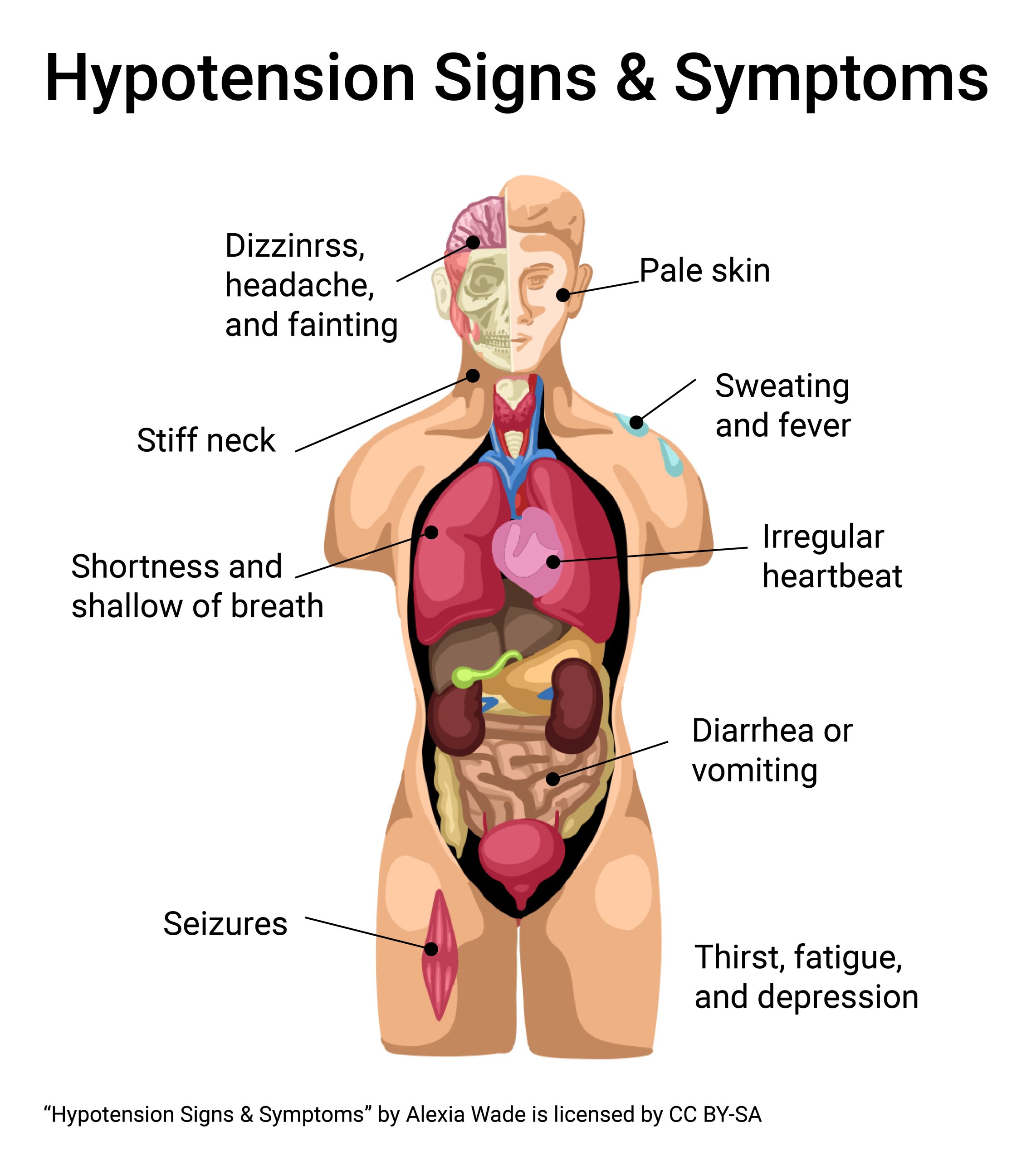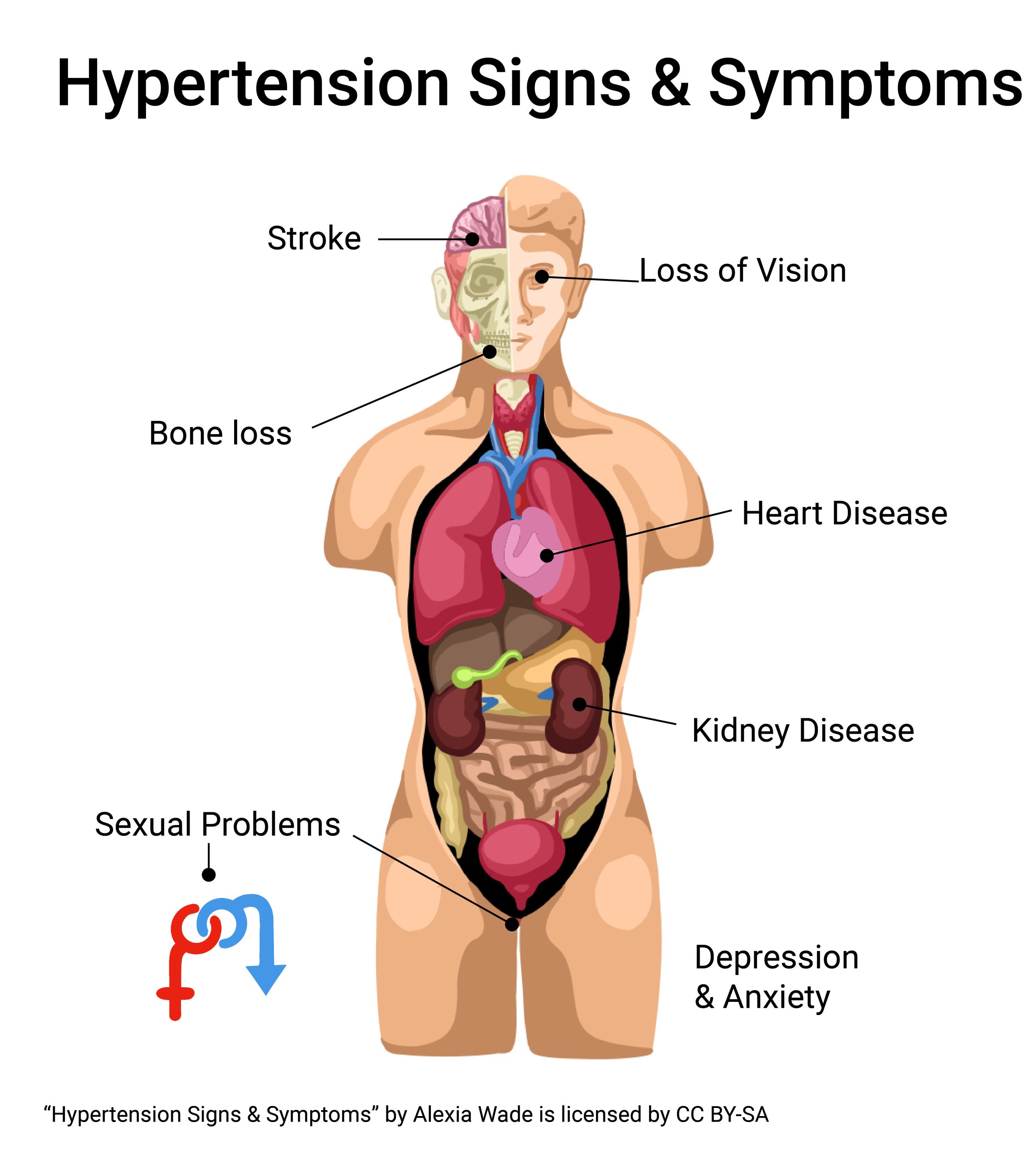Disease | A Disruption in Homeostasis
Objective 1.6
1.6.1 Explain how disruptions in homeostasis may lead to disease.
1.6.2 Define the terms “signs” and “symptoms” relative to disease states.
1.6.3 Define syndrome.

Diseases result from a disruption in homeostasis. Most diseases are recognized by their signs and symptoms.
Signs result from the health care provider observing the patient. Signs of disease include such things as swelling, redness, rashes, pus formation, fever, vomiting, the results of laboratory tests.
Symptoms result from an internal state or “feeling” and therefore can only be relayed by the patient. They may include nausea, pain, shortness of breath, headache and generalized malaise.
For example, if a person is experiencing hypotension (low blood pressure), they may present with the following signs: pale skin, sweating, diarrhea, or vomiting. They may also present with some of the following symptoms: dizziness, thirst, or shortness of breath. Again, signs are things you can observe while symptoms are what they tell you they are feeling.
There is a homeostatic feedback loop controlling blood pressure. If something disrupts either the receptors, or the control center, or the effectors, then the “set-point” of homeostasis can be set inaccurately. The set-point of blood pressure should be 120/80 (both numbers are measured in millimeters of mercury, or mmHg). If the set-point of systolic blood pressure (the higher number) moves from 120 mmHg to 150 mmHg, then we say the patient has high blood pressure or hypertension.

If the set-point for fats (also called lipids, and consisting of cholesterol and related compounds) is abnormal, we call this dyslipidemia.
If the set-point for body weight relative to height is abnormally high, this is obesity.
If the homeostatic loop for the pancreatic hormone insulin (receptors and control center), or the cells that respond to it (effector), is abnormal, which causes blood sugar levels to be abnormal, the disease is called diabetes mellitus (the two most common types are called “type 1” and “type 2”).
A syndrome is a group of signs and/or symptoms that commonly occur together. The combination of three or more of the following conditions — hypertension, dyslipidemia, obesity and type 2 diabetes — is called metabolic syndrome. When three or four of these occur together, it is defined as a syndrome.

Media Attributions
- U01-056 hypotension © Wade, Alexia is licensed under a CC BY-SA (Attribution ShareAlike) license
- U01-057 hypertension © Wade, Alexia is licensed under a CC BY-SA (Attribution ShareAlike) license
- U01-058 dysmetabolic syndrome © Wade, Alexia is licensed under a CC BY-SA (Attribution ShareAlike) license

